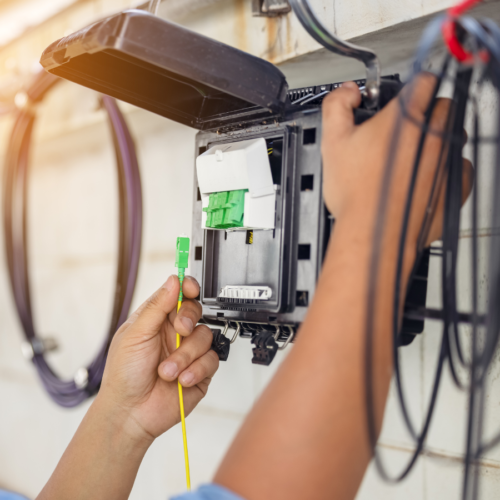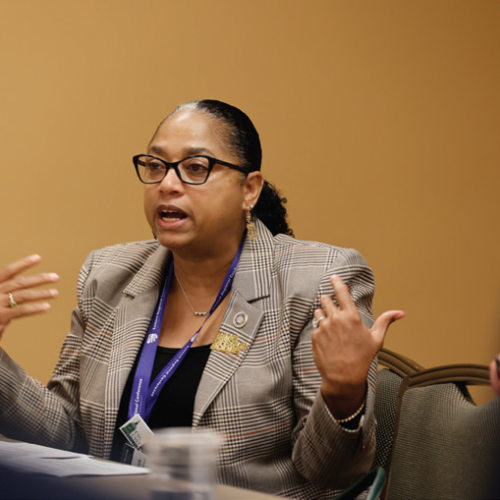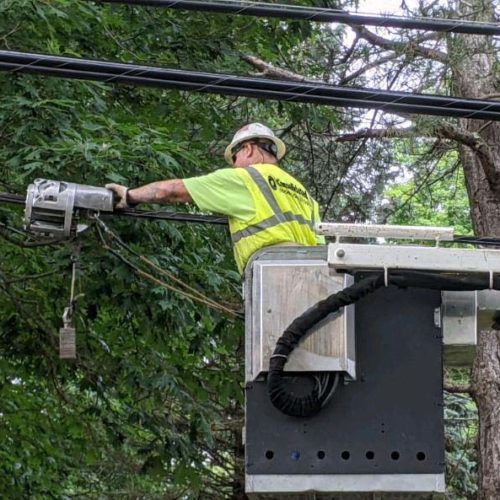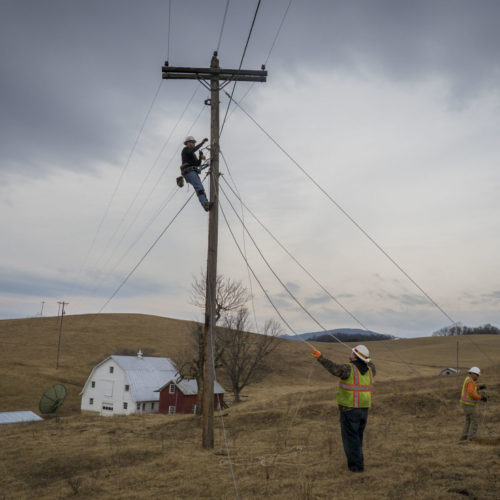Telemedecine: not just video
Craig Settles writes in The Daily Yonder (a daily online newsletter for all things rural), “Treating a patient remotely combines the power of medical devices, hardware, internet technology, and old-fashioned medicine to provide a continuum of care.”
If his name sounds familiar to some of you, Settles was one of the speakers at our policy summit, Rural Broadband – Bridging the Connectivity Gap, in Wilmington, Delaware, in April of this year. He is a rural broadband consultant, author, and speaker, concentrating on telemedicine.
Telemedicine can save lives, reduce costs, and save time. For rural areas, it is becoming a necessity where doctors are scarce, specialists are even scarcer, and hospitals are far apart. To take advantage of telemedicine in rural areas, first responders must be well equipped, and having access to broadband is a requirement. Telemedicine needs high internet speed and broad bandwidth to transfer images and data.
Settles discusses his attendance at the 2019 American Telehealth Conference in New Orleans in April. The conference featured many vendors with many hardware and software offerings dedicated to telemedicine. He notes that about half of the offerings were platforms for medicine. He highlights three of the Platforms.
- Hawa Health focuses on treating remotely people with chronic health issues and is HIPPA compliant.
- Eyenuk takes and transmits picture of the inside of a patient’s eye. It is used not only for eye conditions but can tell doctors many things about the health of people with type 2 diabetes.
- Ortho Live is an orthopedic medicine platform that is useful for orthopedic specialists to monitor rural patients after surgery and during rehabilitation.




